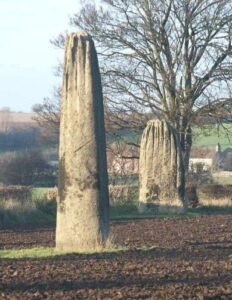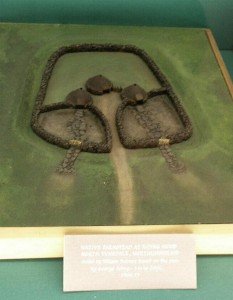Suetonius wrote of him:
He was very handsome and most graceful at all stages of his life, although he cared nothing for any sort of refinery. He was so uninterested in how his hair was dressed that he would set several barbers to work at once in a hurry, and he would have his beard clipped at one time and shaved at another, and while the barbers were working he would read or even write something.










